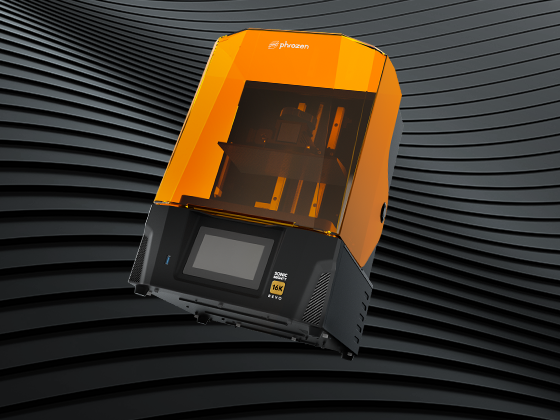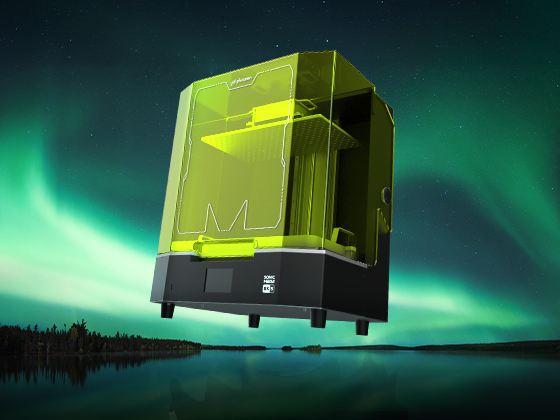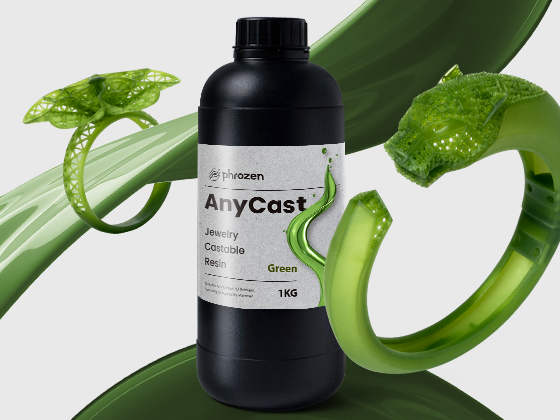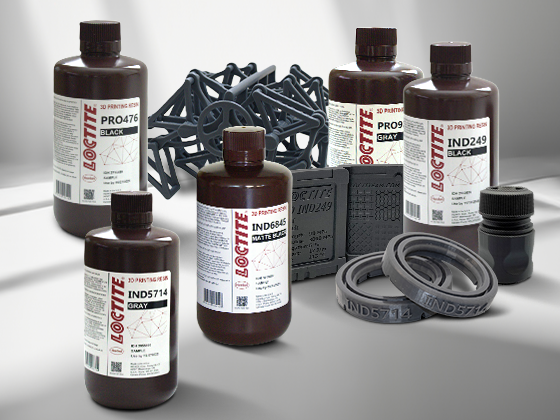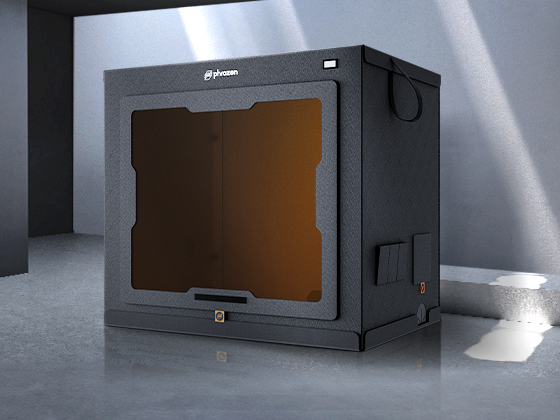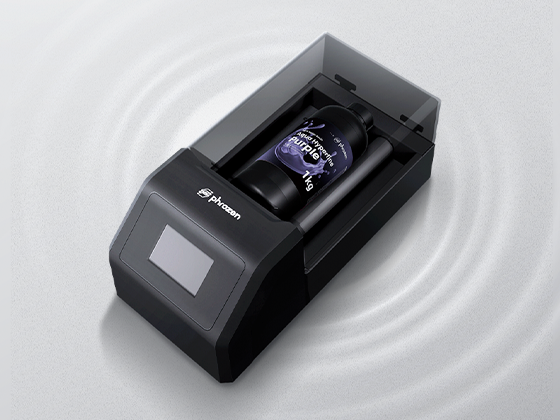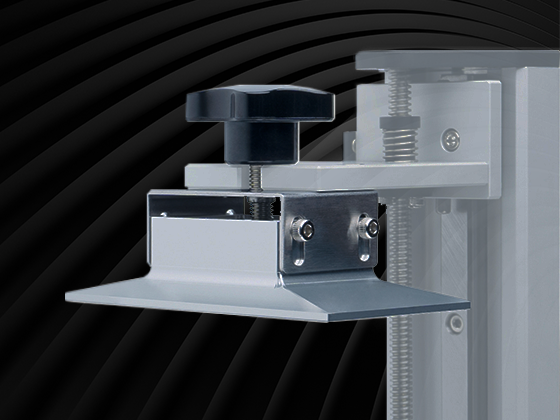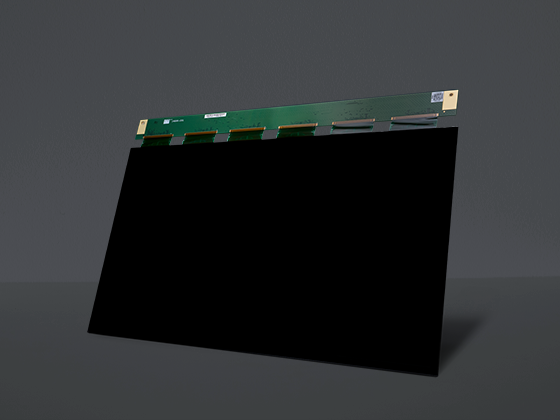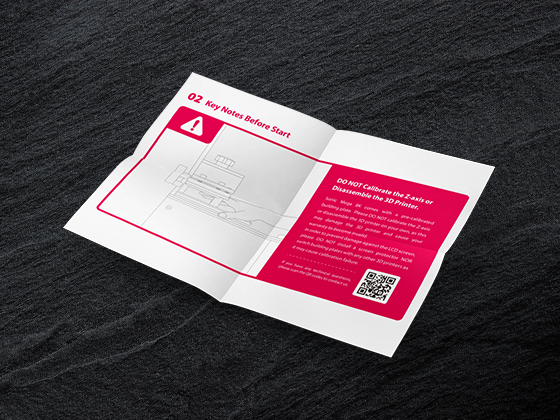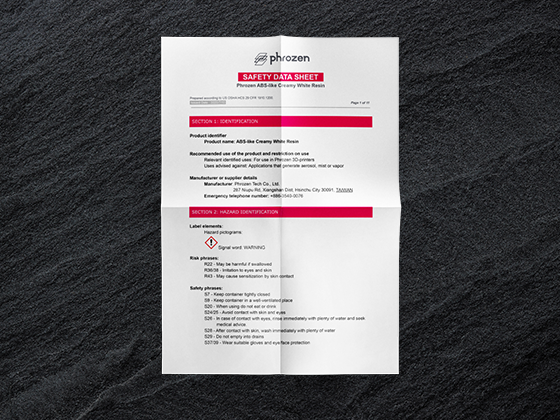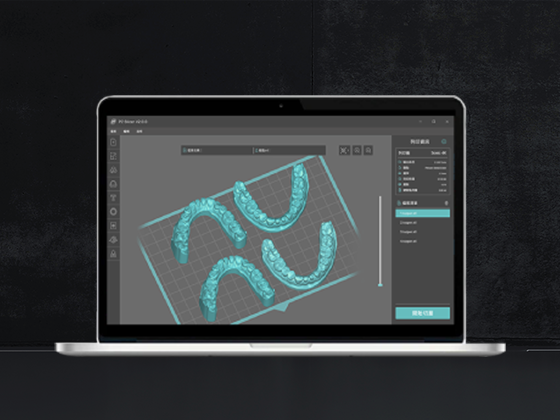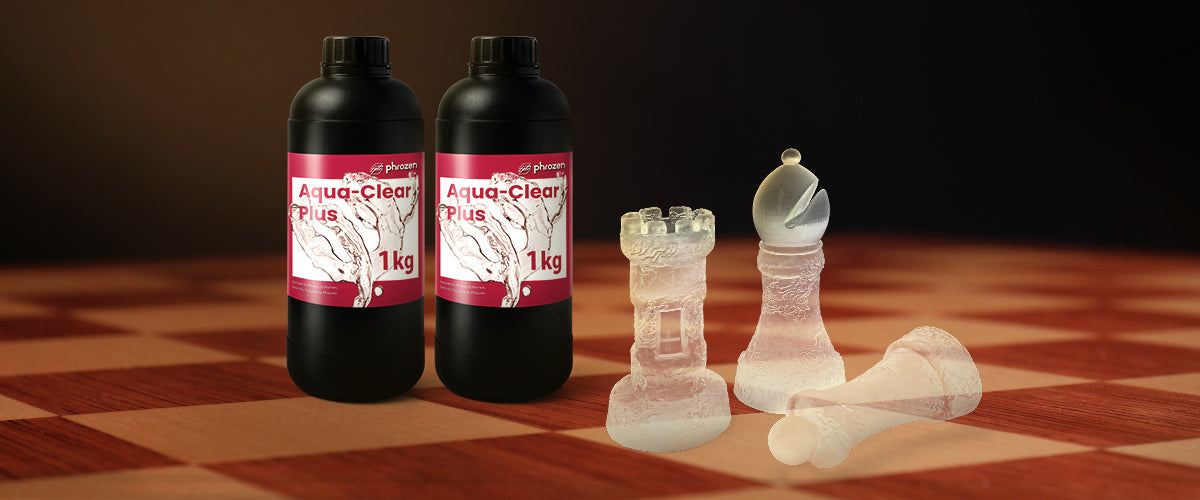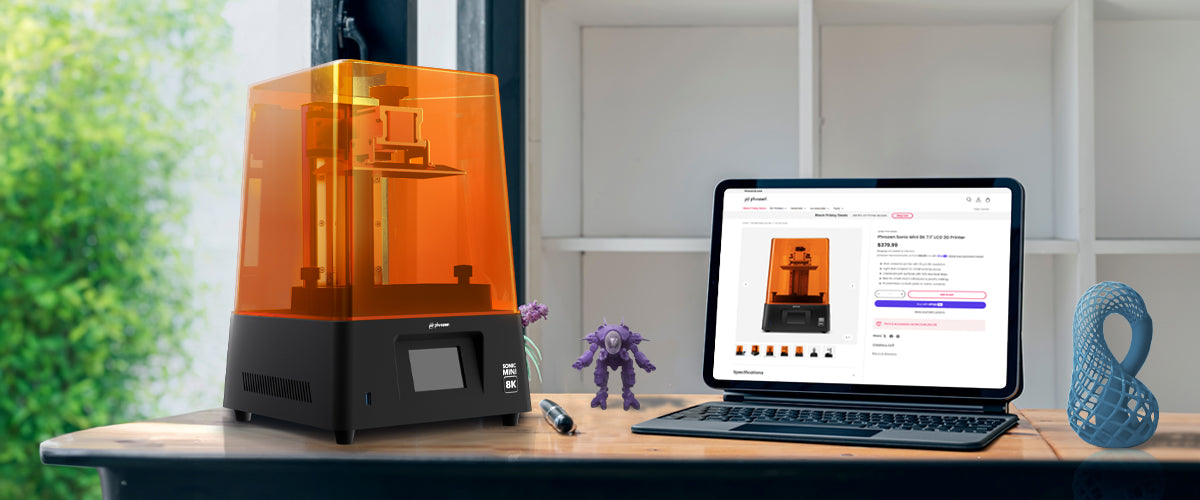So, you tried transparent 3D printing, expecting a crystal-clear 3D print, but instead, your print looks cloudy, frosted, or full of layer lines. It’s frustrating, isn’t it?
The truth is, 3D printing clear plastic isn’t as simple as using transparent material—it requires the right technology, the right settings, and sometimes, a bit of post-processing. But don’t worry! Whether you’re using transparent resin 3D printing or trying to get semi-transparent results with FDM, this guide will cover everything you need to know about how it works, what to expect, and when it’s the right choice.
By the end of this blog, you’ll understand:
-
What transparent 3D printing is and how it differs from translucent printing
-
The best 3D printing technologies for clear prints
-
Which materials give you the best clear 3D print results
-
The pros and cons of printing transparent parts
-
When you should (and shouldn’t) use it
Let’s dive in!
What is Transparent 3D Printing?
At its core, transparent 3D printing is the process of creating parts that allow light to pass through. However, there’s a big difference between something that is clear and something that is translucent.
A clear 3D print has minimal light distortion, similar to glass or acrylic. On the other hand, a translucent 3D print allows light to pass through but scatters it, making the object appear frosted or blurry.
Why Are Most 3D Prints Not Fully Clear?
Unlike materials like glass or injection-molded acrylic, 3D printed parts are built layer by layer, which causes light refraction. This means even if you print with a clear material, you might still get a frosted look due to microscopic ridges left behind by the printing process.
However, with the right printing method and post-processing, you can get optically clear 3D prints that are smooth, transparent, and functional.
Moreover, different from your standard resins, clear resins deal with their unique problems and challenges. Go through our detailed guide on transparent resin troubleshooting to understand the most common problems and issues, and how to fix them.
Where is Transparent 3D Printing Used?
Clear 3D prints have various applications across industries, including:
-
Prototyping transparent casings or product enclosures
-
Medical and dental applications (surgical guides, anatomical models)
-
Optical components (lenses, prisms, light pipes)
-
Architectural models and design visualization
-
Artistic and decorative pieces
Now that you understand what transparent 3D printing is, let’s look at the best printing technologies that can achieve these results.
Different Technologies for Transparent 3D Printing
Not all 3D printing methods are capable of producing high-quality transparent parts. Some technologies can achieve optical clarity, while others can only produce semi-transparent or frosted results.
SLA/MSLA 3D Printing (Best for Transparent Resin 3D Printing)
If you want the clearest possible 3D prints, SLA (stereolithography) and MSLA (masked SLA) printing are your best options. These technologies use UV light to cure liquid resin, resulting in extremely smooth surfaces and high detail.
Why is SLA/MSLA the best for transparent 3D printing?
-
Minimal layer lines. Smoother prints with better light transmission
-
High resolution. Fine details, ideal for optical parts
-
Works with transparent resins. Designed for clarity
-
Can be polished to full transparency. Requires sanding, resin coating, or spray finishing
SLA is commonly used in industries that require optical clarity, such as medical models, lenses, fluidic devices, and transparent casings.
LCD 3D Printing (A Good Alternative to SLA)
LCD 3D printing, also known as MSLA (Masked Stereolithography), is an excellent alternative to SLA transparent 3D printing. It works by using an LCD screen to mask specific areas while a UV light source cures the resin, rather than using a laser to trace each layer, as seen in traditional SLA printing. This process makes LCD printing faster and more efficient while maintaining high-resolution details and smooth surfaces—making it ideal for transparent 3D printing applications.
FDM 3D Printing (Best for Semi-Transparent Prints)
If you’re using an FDM printer, getting a perfectly clear 3D print is nearly impossible due to visible layer lines and light scattering. However, with the right filament and print settings, you can achieve a translucent or frosted effect.
Best practices for FDM transparent printing:
-
Use clear filaments like PETG, PMMA (acrylic), or polycarbonate
-
Increase print temperature for better layer bonding
-
Use higher infill density to reduce internal light scattering
-
Post-process with sanding and polishing for improved clarity
While FDM transparent 3D printing won’t give you optical-grade clarity, it works well for decorative parts, diffused lighting effects, and translucent enclosures.
Now that we’ve covered the best technologies, let’s explore which materials work best for transparent 3D printing.
Best Resins for Transparent 3D Printing
If you’re unsure about which resin type is best for your project, check out this detailed guide on how to choose the right 3D printing resin. It provides insights into different resin types, their properties, and best-use scenarios, helping you make an informed decision.
Now, let’s take a closer look at some of the best transparent resins available for SLA and MSLA printing.
Best Transparent Resins for SLA & MSLA
When it comes to transparent 3D printing, choosing the right resin is key to achieving clarity and durability. SLA and MSLA resins are known for their high-resolution and smooth finishes, making them ideal for optical applications, product casings, and medical models.
A stunning transparent mystical deer 3D printed using Clear Plus Resin. (3D model by dragon_tappers_lodge)
One of the best options for clear resin printing is Aqua Clear Plus Resin. It offers excellent transparency, allowing for detailed prints with minimal post-processing. Compared to standard clear resins, it has reduced yellowing and moderate flexibility, which helps prevent cracking. While prints may appear slightly frosted when first printed, polishing and coating can significantly enhance clarity.
Other transparent resin options include:
-
BioMed Clear Resin – Used for medical and dental applications, offering biocompatibility.
-
Flexible Transparent Resins – Useful for soft, impact-resistant parts that require some transparency.
For best results, fine-tuning exposure settings, careful post-processing, and using UV-resistant coatings can help maintain clarity and durability over time.
Pros and Cons of Transparent 3D Printing
Like any 3D printing technique, transparent 3D printing has its advantages and limitations. While it offers stunning visual appeal and is useful for various industries, it’s not perfect for every application.
Pros: Why Use Transparent 3D Printing?
Aesthetic Appeal. One of the biggest reasons people turn to clear 3D printing is for its glass-like look. Whether for product design, decorative models, or engineering prototypes, a transparent 3D print can add a sleek and modern feel.
High Precision & Smooth Surfaces (SLA/MSLA). Resin 3D printing produces smooth and detailed parts, making it ideal for optical applications, such as lenses and fluidic models.
Versatility. Transparent 3D prints are widely used in industries like medicine, automotive, engineering, and consumer products. From dental aligners to light pipes and LED enclosures, clear printing has many applications.
Custom Prototyping. Need a see-through prototype before mass production? Transparent 3D printing allows you to test and visualize internal structures before committing to expensive manufacturing.
For a deeper look into how 3D printing is revolutionizing prototyping, check out this guide on 3D printing prototypes to learn how businesses and designers are using resin 3D printing to streamline their development processes.
Cons: When Transparent 3D Printing Isn’t Ideal
Requires Post-Processing for True Clarity. Unlike molded or cast acrylic, 3D printed transparent parts won’t come out crystal clear right away. To get a glass-like finish, you need sanding, polishing, resin coating, or spray finishing.
More Expensive Than Opaque Materials. Transparent resins and filaments tend to cost more than standard opaque materials, making them less budget-friendly for high-volume production.
Can Yellow Over Time. Some transparent materials are prone to UV damage, leading to yellowing or clouding. This can be prevented by proper storage or using UV-resistant coatings.
Not Always as Strong as Opaque Materials. Some clear resins are brittle, making them less ideal for high-impact or load-bearing applications. While FDM transparent filaments like polycarbonate (PC) are stronger, they don’t offer true optical clarity.
Best and Worst Use Cases for Transparent 3D Printing
Not every transparent 3D print will work for every project. Here’s when transparent printing is the right choice—and when it’s not.
Best Applications for Transparent 3D Printing
Optical Components. If you need lenses, light pipes, or prisms, SLA transparent resin printing is your best option. Post-processing can help achieve optical-grade clarity.
Medical and Dental Applications. Biocompatible clear resins are commonly used for dental aligners, surgical guides, and transparent anatomical models.
Product Prototypes. Transparent 3D printing is useful for testing clear casings, packaging designs, or consumer product enclosures.
Fluidic and Engineering Models. Transparent parts help visualize the movement of fluids or gases, making them valuable for mechanical engineering and scientific research.
Lighting and LED Enclosures. Semi-transparent 3D prints work well for diffusing light in LED applications, giving soft illumination without harsh shadows.
When Not to Use Transparent 3D Printing
Load-Bearing or High-Stress Parts. Transparent resins are often more brittle than standard engineering resins. If your part needs to withstand heavy loads, repeated stress, or impact, opt for a stronger opaque material.
High-Heat Environments. Most transparent resins and clear filaments have lower heat resistance than materials like polycarbonate or PEEK. If your part will be exposed to high temperatures, transparent printing might not be the best choice.
Outdoor Use Without UV Protection. Clear 3D prints can yellow over time if exposed to sunlight. If you need UV stability, use a UV-blocking spray or coating to extend the lifespan of the print.
Applications Requiring Instant Transparency. If you don’t want to spend time on post-processing (sanding, polishing, coating), then transparent 3D printing may not be worth the effort. Unlike molded or cast clear plastics, 3D printed transparent parts require extra work to look truly clear.
For a more in-depth look at the best and worst scenarios for transparent resin printing, check out this expert guide.
Final Recommendations: Is Transparent 3D Printing Right for You?
Now that you understand how transparent 3D printing works, its pros and cons, and when to use it, let’s sum it all up.
If you need high-detail, glass-like clarity, SLA/MSLA transparent resin printing is your best bet—just be prepared for some post-processing. If you want semi-transparent results with added strength, FDM printing with PETG or PMMA is a good alternative, though it won’t be optically clear.
Before choosing transparent 3D printing, ask yourself:
- Do I need a see-through or light-transmitting part
- Can I invest time in post-processing for better clarity?
- Is my application more focused on aesthetics than strength?
If the answer is yes, then transparent 3D printing is a great option!
However, if you need high-strength, high-heat, or outdoor durability, you might want to consider alternative materials instead.
Conclusion: The Future of Transparent 3D Printing
Transparent 3D printing has come a long way, allowing creators, engineers, and designers to produce clear, see-through parts that were once only possible through traditional manufacturing methods. Whether you're working on optical components, product prototypes, medical devices, or artistic models, the ability to 3D print clear plastic opens up new possibilities.
While SLA and MSLA resin printing offer the best optical clarity, FDM printing can still achieve semi-transparent effects with the right materials and techniques. However, as we’ve covered, transparent 3D prints don’t come out of the printer looking like glass—post-processing plays a crucial role in achieving full transparency.
With ongoing advancements in 3D printing materials and technology, we can expect even better clear resins, improved filaments, and enhanced printing techniques in the near future. Innovations in high-clarity resins, UV-resistant coatings, and automated polishing solutions will likely make transparent 3D printing easier and more effective.
What’s Next? Try Transparent 3D Printing for Yourself!
Now that you have a solid understanding of transparent 3D printing, it’s time to test it out for yourself! Whether you’re printing with clear resin or PETG filament, experimenting with different techniques will help you achieve the best results for your specific needs.
Have questions about transparent 3D printing? Drop them in the comments! Let’s keep the conversation going.

